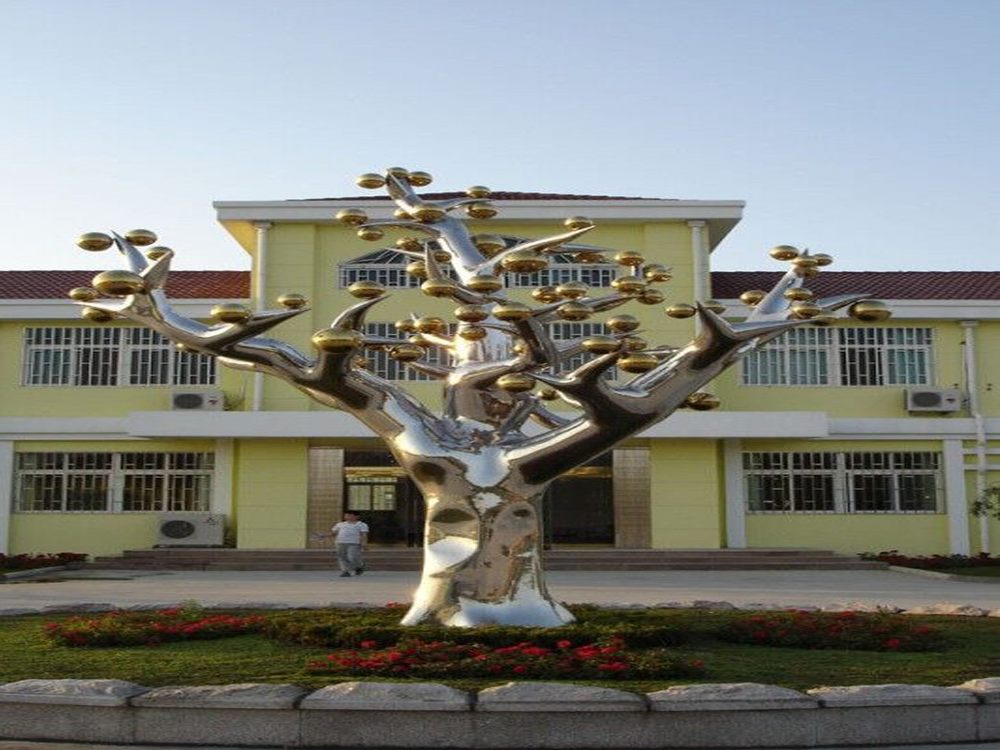
Religious stone sculptures have been a profound medium of artistic expression across cultures and civilizations, serving as enduring symbols of faith, mythology, and cultural identity. Among the most common themes depicted in these sculptures are divine figures, such as gods, goddesses, and enlightened beings, representing the spiritual ideals of their respective traditions.
Another prevalent theme is the portrayal of sacred narratives, including creation myths, moral parables, and epic battles between good and evil. These carvings often serve as visual scriptures, conveying religious teachings to devotees.
Symbolism also plays a crucial role, with recurring motifs like the lotus (purity), the wheel (cosmic order), and the tree of life (eternity) appearing across Hindu, Buddhist, and Christian art. Additionally, guardian figures, such as angels, demons, or mythical creatures, are frequently sculpted to protect sacred spaces.
Finally, devotional scenes—worshippers in prayer, ascetics in meditation, or communal rituals—highlight the human connection to the divine. These themes not only reflect religious beliefs but also offer insights into the historical and cultural contexts of the societies that created them.

